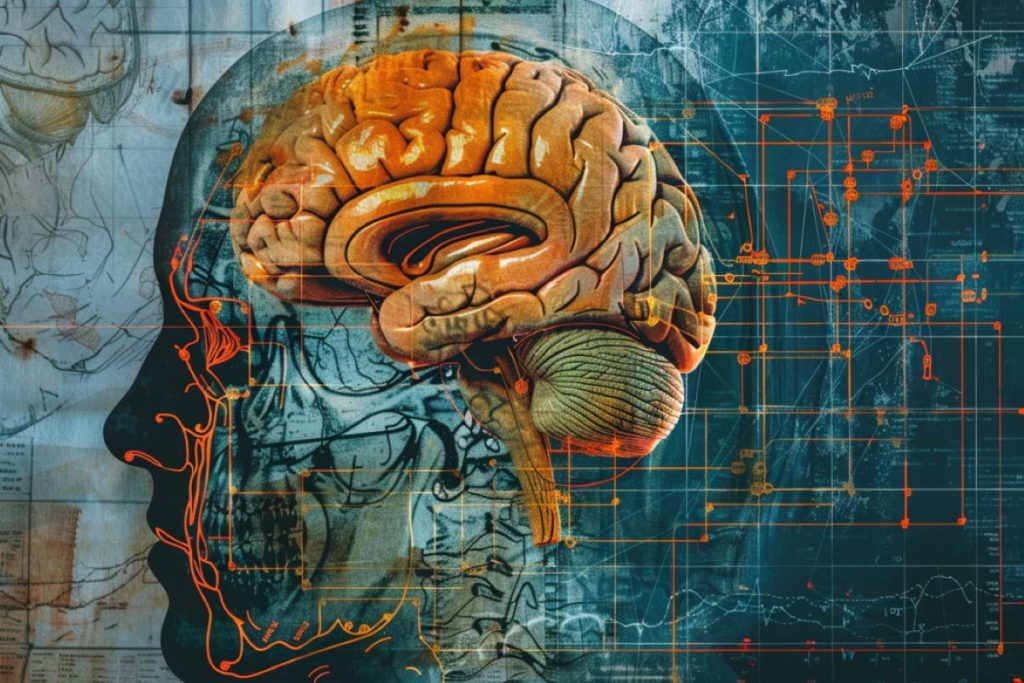summary: Researchers have revealed that the SH2B1 gene plays a key role in regulating food intake and energy expenditure. Mutations in SH2B1 are associated with obesity, type 2 diabetes, and liver disease associated with metabolic dysfunction.
Gene activity in the paraventricular hypothalamic nucleus (PVH) of the brain and its interactions with the dorsal raphe nucleus influence appetite and body weight. Enhancing SH2B1 function may be a promising avenue for treating obesity without the side effects of current drugs.
Key Facts:
- SH2B1 gene: It regulates food intake and energy expenditure, influencing obesity.
- Brain Areas: It acts in the PVH and interacts with the dorsal raphe nucleus.
- Treatment possibilities: Enhancing SH2B1 may be able to treat obesity without the side effects.
sauce: University of Michigan
Obesity is a complex condition caused by a combination of genetic, dietary, behavioral and other factors.
For thousands of years, obtaining enough food to survive and thrive was difficult, but now, for most of us, it’s as easy as opening the refrigerator.
It is called a gene SH2B1 It has been shown to play an important role in regulating food intake.
SH2B1 Mutations in humans are associated with obesity, type 2 diabetes, and metabolic dysfunction-associated fatty liver disease (previously called nonalcoholic fatty liver disease).
“This gene controls feeding and energy expenditure. Obesity is driven by two opposing axes: if you eat too much, you gain fat; if you expend too little energy, you store fat,” said Lianyu Rui, PhD, of the Department of Molecular and Integrative Physiology and the Elizabeth Weiser Caswell Diabetes Institute at the University of Michigan Medical School.
Lui and his team’s research has pinpointed where this gene acts in the brain: an area called the paraventricular nucleus of the hypothalamus (PVH), which is involved in regulating blood pressure and fluid balance.
Furthermore, the team found that neurons expressing SH2B1 form circuits that communicate with downstream neurons in an area in the brainstem known as the dorsal raphe nucleus.
This region is involved in energy balance, weight maintenance, and emotionally motivated behavior.
Stimulating this circuit suppresses appetite in mice, and conversely, silencing SH2B1-expressing neurons in the PVH leads to obesity.
The team also uncovered the molecular mechanism by which SH2B1 helps maintain body weight by enhancing BDNF/TrkB signaling, which promotes brain growth during development and maintains brain health in the adult brain, and whose failure to do so leads to obesity and metabolic disease.
Louis points out that one theory is that the inflammation that accompanies weight gain may indirectly affect this pathway, weakening the signal to stop eating.
“We know that SH2B1’s action is important because it is highly conserved across species, from fruit flies to humans,” Lui said.
“It acts as a kind of universal currency, enhancing cell signaling as well as leptin and insulin, the hormones that help regulate appetite and metabolism.”
Additionally, unlike currently popular drugs like Ozempic and Maunjaro that activate GLP-1 receptors, boosting SH2B proteins has not been associated with any side effects so far.
“If we can find a way to increase the activity of SH2B, it holds great promise for treating obesity and related diseases,” Lui said.
Additional authors include Yuan Li, Min-Hyun Kim, Lin Jiang, Lorelei Baron, Latrice D. Faulkner, David P. Olson, Xingyu Li, Noam Gannot, and Peng Li.
The Michigan Research Cores for this study include the Metabolic, Physiological and Behavioral Phenotyping Core, the Michigan Metabolites and Obesity Center, and the University of Michigan Digestive Research Center.
About this genetics and obesity research news
author: Kelly Malcolm
sauce: University of Michigan
contact: Kelly Malcolm – University of Michigan
image: Image courtesy of Neuroscience News
Original Research: Open access.
“SH2B1 protects against energy imbalance, obesity, and metabolic diseases via the paraventricular hypothalamic-dorsal raphe neural circuit” Liang Yourui et al. Cutting-edge science
Abstract
SH2B1 protects against energy imbalance, obesity, and metabolic diseases via the paraventricular hypothalamic-dorsal raphe neural circuit
SH2B1 mutations are associated with obesity, type 2 diabetes, and metabolic dysfunction-associated fatty liver disease (MASLD) in humans. In mice, global deletion of Sh2b1 leads to severe obesity, type 2 diabetes, and MASLD.
Neuron-specific restoration of SH2B1 rescued the obese phenotype in Sh2b1-deficient mice, indicating that the brain is the primary target of SH2B1.
However, the SH2B1 neural circuitry has yet to be elucidated.SH2B1) and PVHSH2B1→The dorsal raphe nucleus (DRN) neural circuit is identified here. PVHSH2B1 The axons innervate DRN neurons monosynaptically.
Optogenetic stimulation of the PVHSH2B1 Axonal fibers of the DRN suppress food intake. Chronic inhibition of the PVHSH2B1 Neurons Cause Obesity Embryonic or adult developmental deletion of Sh2b1 in PVH neurons leads to energy imbalance, obesity, insulin resistance, glucose intolerance, and MASLD in male and female mice.
Ablation of Sh2b1 in the DRN-projecting PVHSH2B1 Subpopulations also develop energy imbalance, obesity, and metabolic disorders. Conversely, SH2B1 overexpression, either in the total or DRN-projecting PVH,SH2B1 Neurons protect against diet-induced obesity.
SH2B1 binds to TrkB and enhances brain-derived neurotrophic factor (BDNF) signaling. Depletion of Sh2b1 in the PVHSH2B1 Neurons induce BDNF resistance in the PVH and contribute to obesity.
In conclusion, these results reveal a previously unrecognized form of PVH.SH2B1→SH2B1 enhances BDNF/TrkB signaling to protect against obesity in DRN neural circuits.


